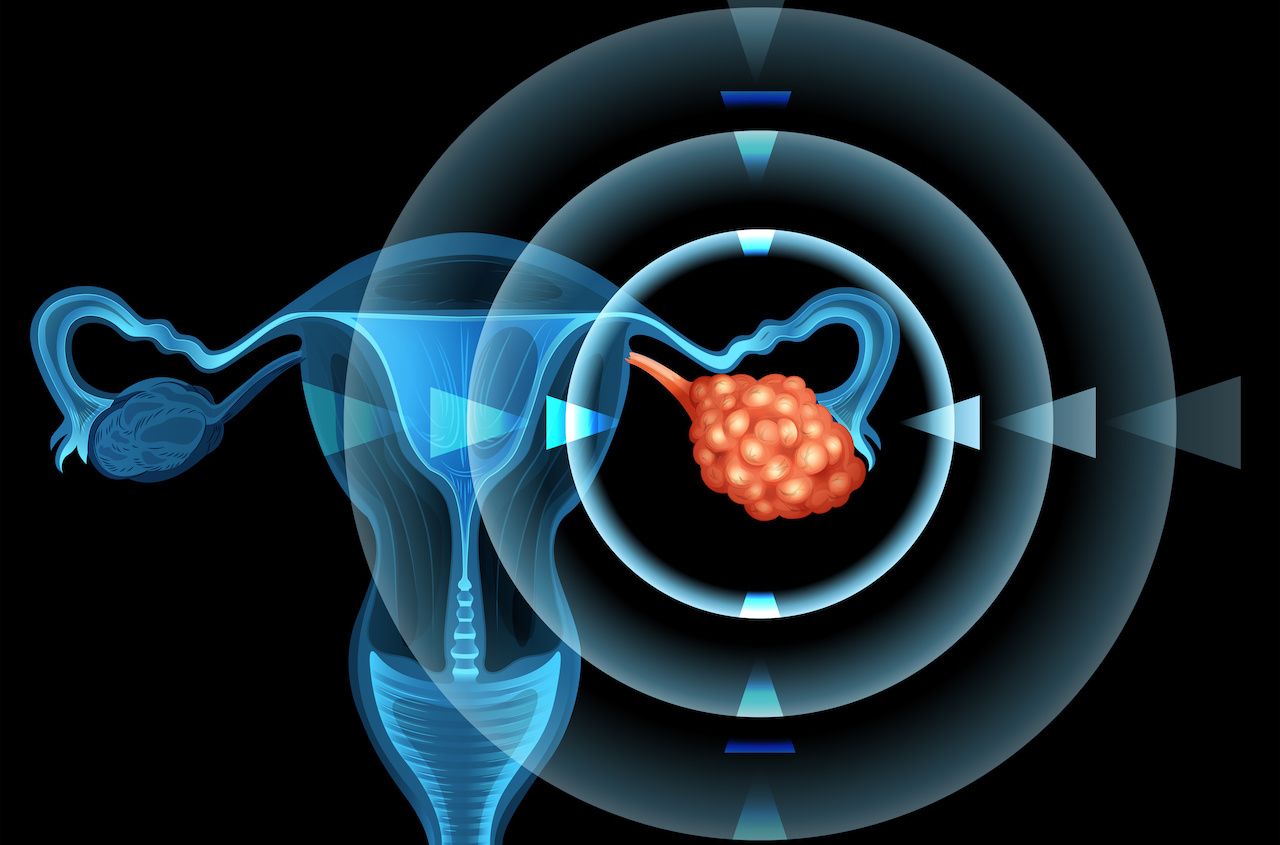Cancer and neoplasms
Tumor Differences Associated With Survival Outcomes in HGSC Ovarian Cancer
Investigators have identified significant differences between the tumors of patients with high-grade serous ovarian cancer (HGSC) who have short survival periods and those of patients with longer-term survival.
The findings, which were reported in the journal Communications Biology, could help clinicians better clarify patients’ likely disease courses and also help scientists identify new drug targets, the authors wrote.
HGSC is the most deadly type of ovarian cancer, and 70% of patients do not survive 5 years, the authors noted.
Chemotherapy is the standard of care, they wrote, and poly (ADP-ribose) polymerase (PARP) inhibitors can be used as maintenance therapy in some cases, but neither therapy has significantly changed the underlying prognosis of patients.
A 2018 study examined the clinical and genomic features of primary HGSC tumors and found differences associated with survival outcomes. However, that study did not include metastatic tumors, the authors of the current study noted.
In the new study, the investigators wanted to see if there are differences in the genomes and transcriptomes of metastatic tumors of short-term survivors compared with their primary tumors or compared with the tumors of long-term survivors. They recruited 39 patients who had International Federation of Gynecology and Obstetrics (FIGO) stage III or IV ovarian cancers of serious or endometrioid histology who were undergoing primary cytoreductive surgery. The investigators analyzed normal tissue, primary tumor, and metastatic tissue samples from each patient.
The majority of patients who participated were short-term survivors (ST), which the study categorized as those whose overall survival was less than 3.5 years. The remaining 16 patients were long-term survivors (LT) and survived more than 5 years.
The investigators compared a number of tumor parameters between the ST and LT survivor groups, including somatic mutations, copy number alterations, mutational burden, differential gene expression, immune cell infiltration, and gene fusion predictions.
“There were few differences in RNA expression between paired primary and metastatic tumors, but significant differences between the transcriptomes of LT and ST survivors in both their primary and metastatic tumors,” they reported.
In line with previous research, the investigators found that RB1 mutations were associated with LT survival, as such mutations were only identified in LT survivors. Additionally, they found that ST survivors had a higher percentage of shared variants between their primary and metastatic tumors compared with LT survivors.
“Although this difference was not significant, it can suggest that tumors from ST survivors may be more clonal and genetically similar than tumors from LT survivors,” they wrote. “This could mean that tumors from ST survivors are inherently more resistant to treatments, since both their primary and metastatic tumors are genetically similar.”
However, they said such findings would need to be validated in a larger data set. If those findings are affirmed, shared variants that are likely to be present in all clones of a tumor might be ideal targets for new therapies.
“With the advent of single-cell sequencing, we may now be able to answer more questions about the heterogeneity and clonal development of HGSC tumors,” they said.
The investigators cited limitations to their study, including that the samples from LT survivors were formalin-fixed paraffin-embedded samples, whereas the samples from ST survivors were not. They said it is possible that the different sample methods may have introduced an effect on the results.
Still, they said their findings point to important differences between tumors in the context of survival outcomes, and they said the insights they found warrant further study.
Reference
Kotnik EN, Mullen MM, Spies NC, et al. Genetic characterization of primary and metastatic high-grade serous ovarian cancer tumors reveals distinct features associated with survival. Commun Biol. 2023;6(1):688. Published July 3, 2023. doi:10.1038/s42003-023-05026-3

